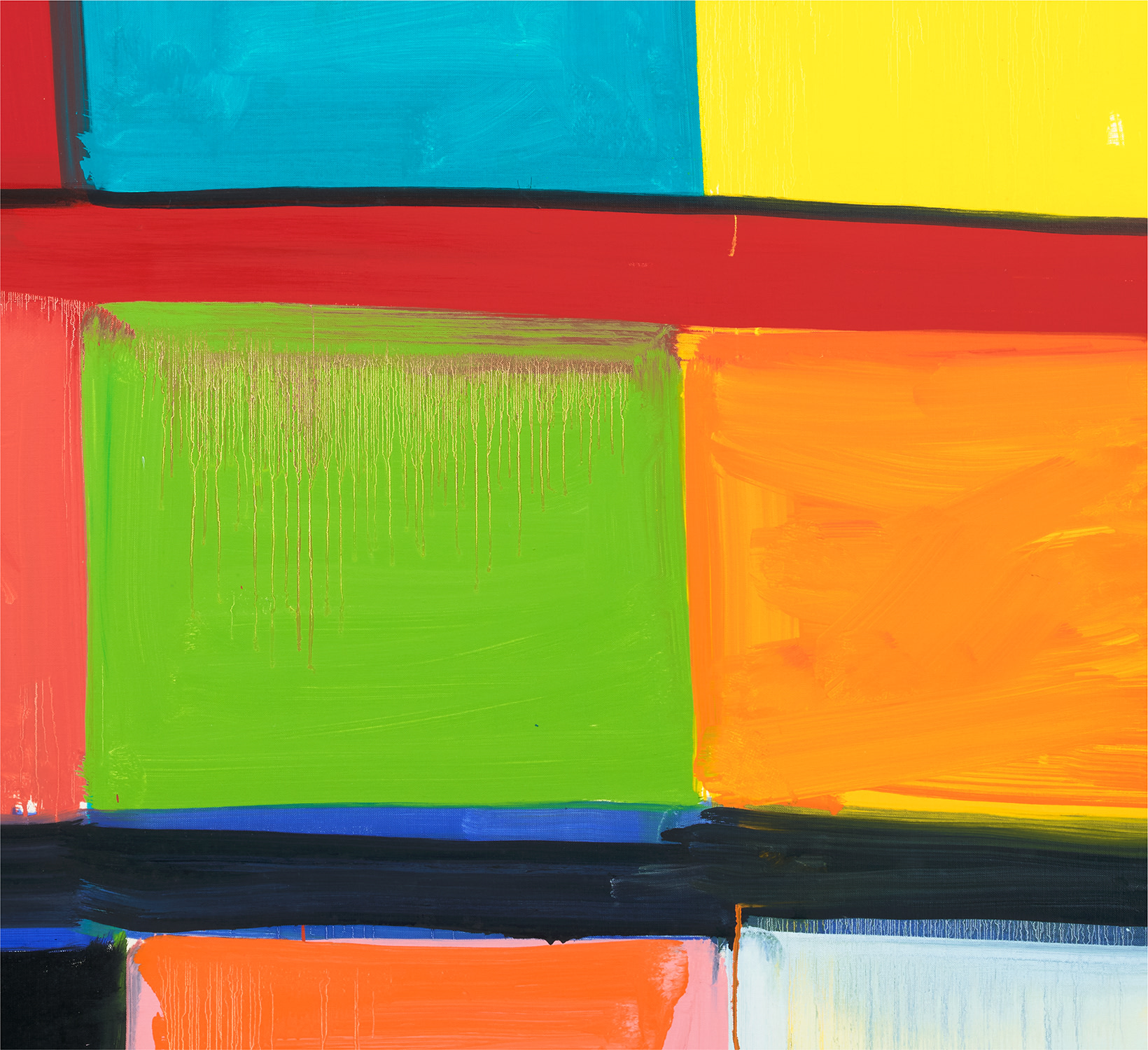







16
Stanley Whitney
The Last Cowboy Song
Further Details
Full-Cataloguing
Stanley Whitney
American | 1946Inspired by Renaissance painting, Minimalist sculpture and jazz music, Stanley Whitney’s oeuvre has become central to the current discourse of abstract painting in the contemporary era. Following recent solo exhibitions at the Modern Art Museum, Fort Worth and the Studio Museum in Harlem, New York, the 72-year-old artist has only just received the critical acclaim he deserves. After moving to New York from Philadelphia at the age of 22, Whitney aligned himself with the Color Field painters, often working in the shadows of his contemporaries including Frank Stella and Kenneth Noland. Throughout the decades that followed, however, the artist soon established himself as a key player in 20th century abstraction, traveling the world and gaining recognition not only in the studio, but also in the classroom, where he has taught Painting and Drawing at the Tyler School of Art for over 30 years. As such, Whitney’s influence extends to a generation of new artists exploring the formal tenants of painting today.
As Lauren Haynes, curator of Whitney’s solo show at the Studio Museum in 2015, aptly wrote, “Whitney’s work interrogates the connections among colors, how they lead to and away from one another, what memories they are associated with…Whitney’s colors take on lives of their own. They evoke memory and nostalgia. This orange takes you back to your favorite childhood t-shirt; that blue reminds you of your grandmother’s kitchen. Whitney’s paintings remind us, on a universal scale, of the ability of color to trigger feelings and sensations.”